Types of wells and their features
Having your own site provides a wonderful opportunity to gain independence from the central water supply and get your own source of free, drinking water in any quantity you need. To do this, you only need to drill a well on one of the aquifers. And which of them is better to do this, try to answer in this article.

General provisions
In the old days, well-wells or even water intake wells were everywhere located, the water from which could both provide the nearest village and quench thirst by a passing traveler. Today, due to atmospheric pollution, abundance of sewage and other factors impairing the quality of water, the liquid from such tanks will require careful filtration before use.
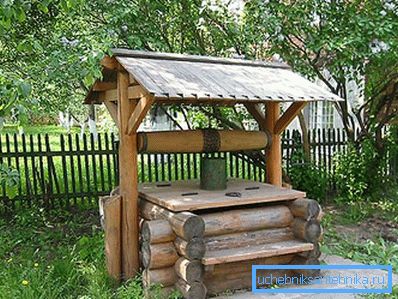
To date, the following types of drilling wells are relevant: on a sandy aquifer and on limestone. They have a sufficiently varying layer of soil that plays the role of a natural filter to make the water they produce suitable for domestic consumption. We will analyze their features.

Well in the sand
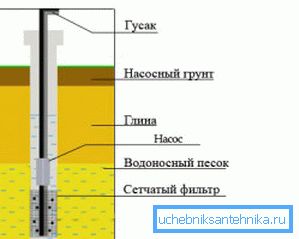
This option is located just between the classic wells and artesian well, which we consider below. That is, there is still the possibility of sewage, but much less.
Benefits
- Low selling price. On its arrangement much less materials leave, cheaper equipment is required.
- Lightness and high speed drilling. In most cases, all work can be done with a single auger drill.
- Relatively clean water. This is sufficiently dependent on the presence of sources of pollution nearby.
- No charge for H consumption2Oh, except for the electricity used to operate the pumping station.
In principle, this and all the advantages, the first two often outweigh, if necessary, the creation of a fast and cheap source.
disadvantages
- Small performance, about one cubic meter per hour.
- Low protection against external contamination.
- Sedimentation of the well as a result of long downtime.
Tip: It is not recommended to drill a well of this type in rarely visited summer cottages. For example, the lack of winter will most likely lead in the spring to the compulsory cleaning of the tank.
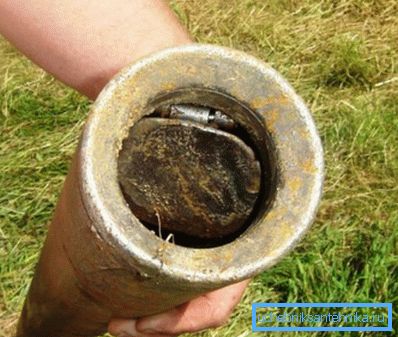
- Quick clogging of the bottom filter in the case of fine sand on the bottom.
- Short service life, up to ten years.
- The possibility of the absence of a sandy aquifer in your area.
All these restrictions should be remembered in the event that you choose an economical option to create a personal water supply.
Drilling
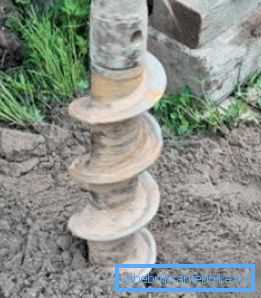
As mentioned above, the whole process can be carried out only by a single auger drill, which is spiraled into the ground.
The instruction looks like this:
- We choose the lowest and remote from possible sources of pollution point on the site.
- We introduce the screw into the ground, methodically scrolling.
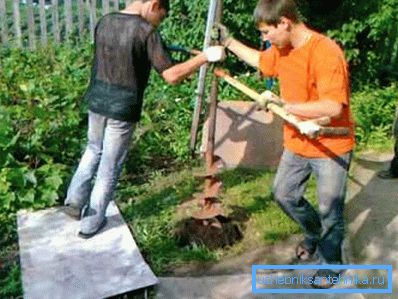
Tip: It is recommended to use, if possible, a small drilling rig. Then the work will be much easier and faster.

- Periodically remove the outgoing land.
- Reaching the water, enter the casing.
- Pumping out all the dirty liquid.
Tip: be sure to take fluid samples to a laboratory for analysis. This will help you decide on a future filter, if needed, and guarantee the safety of the health of all family members.
- Bottom we fall asleep a half-meter layer of rubble.
- The well is ready to install related equipment.
Well on limestone
The depth of the artesian waters begins at fifty meters. The trick is that the limestone aquifer lies below the clay layers, which reliably protect it from external pollution. This gives a number of undeniable advantages.
Merits
- Maximum purity of the extracted product.
- High performance, capable of simultaneously providing multiple points of water intake.
- No silting process.
- Long service life of about fifty years.
- The possibility of conservation.
- Independence from external natural factors.
This option will ensure your entire farm uninterrupted supply of quality water for a very long time.
Disadvantage
The only negative is the high selling price. It requires a lot of casing and a powerful deep well pump. But, the quality is worth it.
Installation
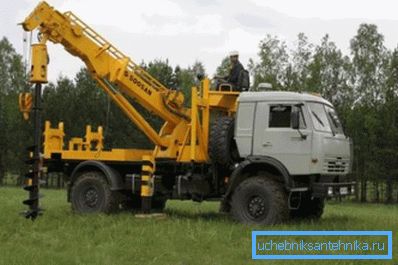
In the case of an artesian well, it is recommended to contact specialists who have special equipment for the following reasons:
- The process is very time consuming for manual work. Depth can reach 250 m.
- The slightest violation of the drilling technology will bring to naught all the advantages of the limestone horizon.
- In the case of a meeting on the path of solid rocks, you will need to use various boers that you will not have. And buying them out is also not cheap.
- In order to select the right plumbing equipment, accurate technical data on the well will be required, which only professionals can provide.
Conclusion
There are two types of drilling for water: sand and limestone. The first option is cheap and easy to implement, but has many drawbacks and limitations. The second is much more expensive and requires the help of specialists, but it is a capital and reliable solution to the problem of water supply for the entire site.
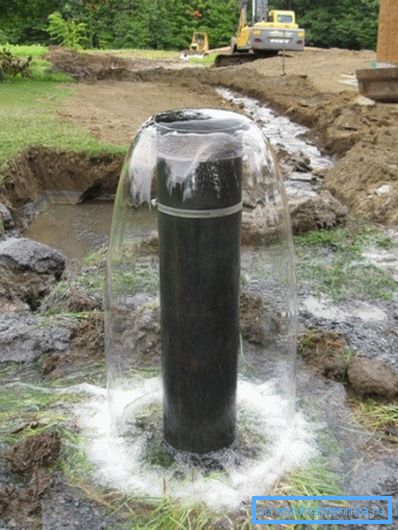
The video in this article will introduce you to more information.
Different types of wells by purpose give you the opportunity to save or bet on quality. You decide.